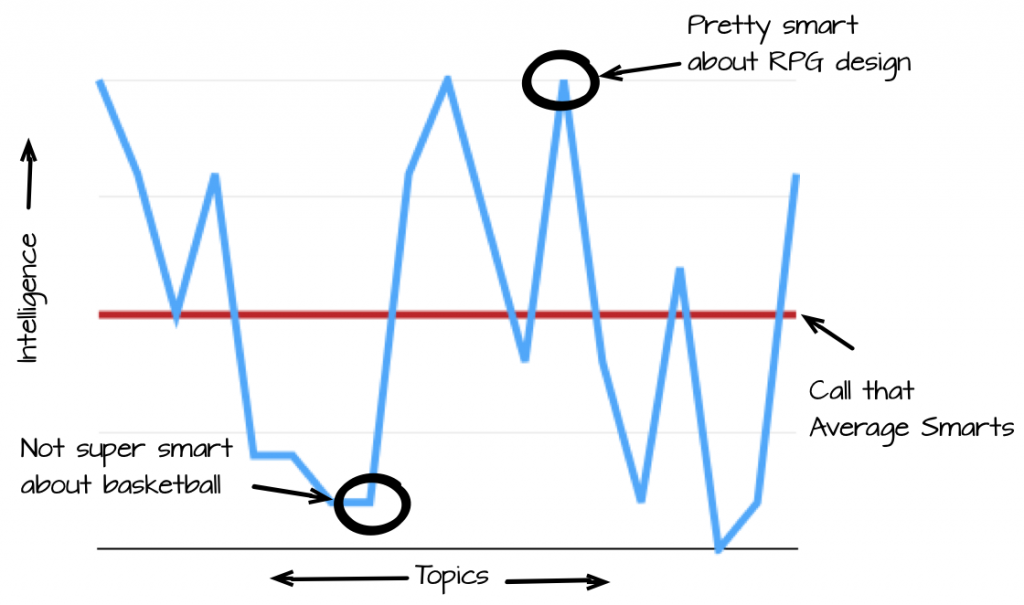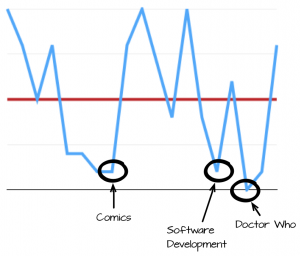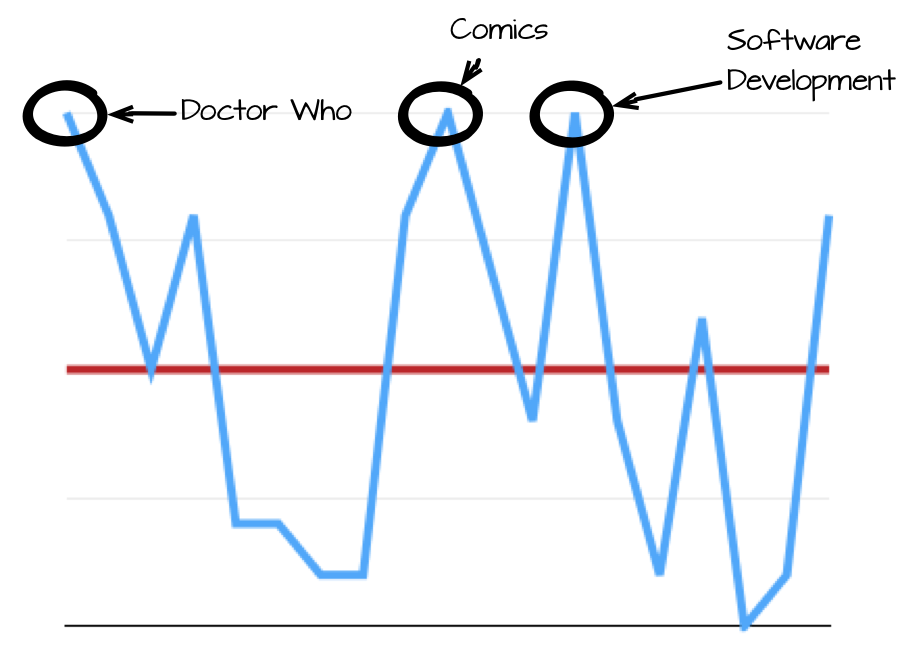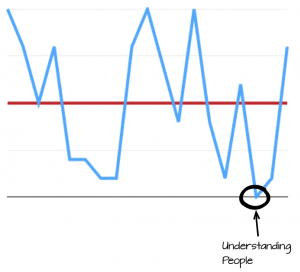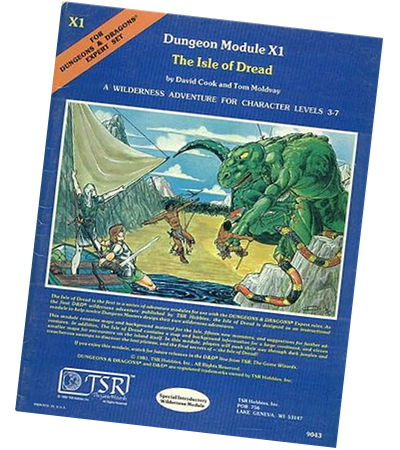I love the idea of scenes as having mechanical meaning (for establishing duration, recharge and so on), but I am constantly frustrated by attempts to systemize scene framing. Don’t get me wrong, aggressive scene framing is a great technique, and one I love to use, but I consider it something highly organic, driven by the shape and speed of the table. Attempts to mechanize it produce something which, to me, feels incredibly inorganic and often disrespectful of players and fiction. Doubly so if there are some rules about types of scenes and when they must occur.
I find I am much, much happier with inversions of the solution, with mechanical rules for the spaces which aren’t scenes. I love rules for long actions and pauses that roll things up into an easily handled abstraction. in fact, one of my favorite ideas in 4e was the long and short rests. From a purely practical perspective, they are easy to communicate, easy to hang mechanics off of and super easy to integrate into the fiction.
What’s more, they provide easy knobs to turn to reflect tension. If we are being chased, then we can’t take a short rest. If we’re someplace dangerous, we can’t take a long rest. if those have mechanical meanings, then the fiction gets teeth in a nice, indirect way.
Now, yes, these ideas become a problem when you start getting anal retentive about them and counting minutes. If you define a short rest as 5 minutes, then you should just say 5 minutes (ditto long rest and some number of hours of sleep). But as a concept, a short rest is “you have enough time to catch your breath, check your gear, make sure everyone’s ok, watch, wallet, spectacles, testicles and move on.” That’s not just a function of time, but also of situation.
Obviously, I’m utterly happy bringing this terminology into Dungeon World, but that’s neither here nor there.
But the key here is that once you invert your thinking about scenes and start thinking about mechanizing the space between scenes (rather than the scenes themselves) then a lot of other things fall into this pattern. Dangerous journey’s, certainly, but also many rolls (like stealth and research) which implicitly contain multiple actions. Really, any roll which could be reflected as a montage might be viewed as a non-scene (or connective) action.
This becomes interesting in the context of moves, because if you embrace this idea, then you can embrace the logic in the move. While some moves are all about what you do in a scene, you can now write moves that are all about transitions. Consider something simple like a Breaking and Entering move:
When you break into a guarded place to steal something, roll +dex
- On a 10+, the scene starts with your quarry in reach
- on a 7–9, the next scene starts with one major obstacle between you and your quarry
It’s a bit ham fisted. but it conveys the idea – you’ll never make this move in the middle of a scene, where there’s any other interaction, but rather, you’d make it in the downtime between scenes, when planing and discussion are afoot.
Mind you, I’m nto yet sure what I’m going to do with it, but I feel like there’s a lot of mojo in more explicitly putting some framing in transition moves.

